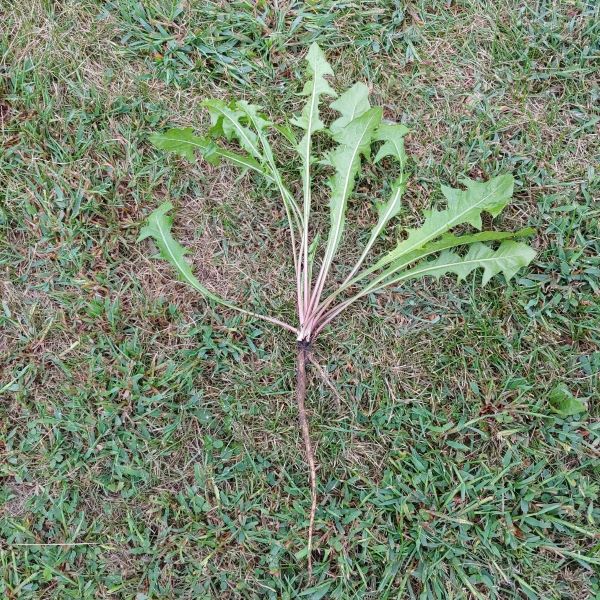Issue 14, October 22, 2021
Late Fall Still a Good Time for Weed Control
The temperatures are finally turning cooler and many of us gardeners may be secretly hoping for a frost to end this growing season. But with the changing temperatures and seasons, we tend to have a change in weed species present. It’s time for our cool season annual weeds to germinate and I’ve seen an abundance of henbit and common chickweed germinating in Central Illinois. Additionally, our cool season perennial weeds are actively growing this time of year.
Now is the perfect time to replenish mulch in beds where perhaps the mulch is too thin or simply gone thanks to the wind, the family dog, birds or simple degradation. Cooler temperatures are more comfortable to work in and your perennial plantings will appreciate the protective, blanket cover this winter. When applied at about 2-4 inches deep, mulch works well to block light needed for weed seed germination. If existing weeds are very small, you may be able to simply cover the plants with thick mulch and the mulch will act to smother them. For larger weeds, it would be best to remove them by hand or with a hoe before applying the mulch. Otherwise, they (and you) will be back. If you haven’t applied a preemergent herbicide in areas where winter annual weeds are known to be a problem, it may not be too late to do so. Applications can be made throughout the winter months as long as conditions are favorable. These weeds can and will often continue to germinate as long as temperatures aren’t too cold. Weeds such as henbit and chickweed simply go dormant then and resume growth once temperatures warm up.

A dense population of young Henbit, Michelle Wiesbrook, University of Illinois.
Some cool season perennial weeds such as dandelion are controlled well with postemergent herbicides in cooler temperatures provided that the plants are still actively growing. In Central Illinois, we still don’t have an immediate fear of frost. In fact, fall is the best time to treat dandelions even though they are out of sight and out of mind compared to spring when they are in full bloom and easily noticed. Florasulam (Defendor) tends to be more effective in cooler temperatures on dandelion than other traditional postemergent herbicides. This herbicide can also be used early in the spring (at least 2 weeks prior to flowering) on dandelion in cooler temperatures. This early control can help to prevent turf from appearing more yellow than green in the spring during bloom time.
In the fall when day length shortens and temperatures drop, perennial weeds are busy preparing for winter. Translocation is moving downward in the plant which helps to carry herbicide down to the roots. In fact, research by colleagues at Nebraska found that applications made one to 10 days after the first fall frost resulted in greater control than applications made five to 11 days before frost. Research from Michigan State University indicates that dandelion control can still be achieved even when plants are not actively growing. Although I trust that adequate leaf surface area is needed to take the herbicide up. Finally, Purdue research has found that for ground ivy, early to mid-November applications provided similar control to that of earlier applications made in September and October.

Translocation will assist with herbicide movement into the taproot of dandelion, Michelle Wiesbrook, University of Illinois.
So although the growing season may be wrapping up, there’s still time to make a difference in your weed populations. Take advantage of these cooler temperatures which are more conducive to manual labor and can result in excellent weed control as well.
Author:
Michelle Wiesbrook